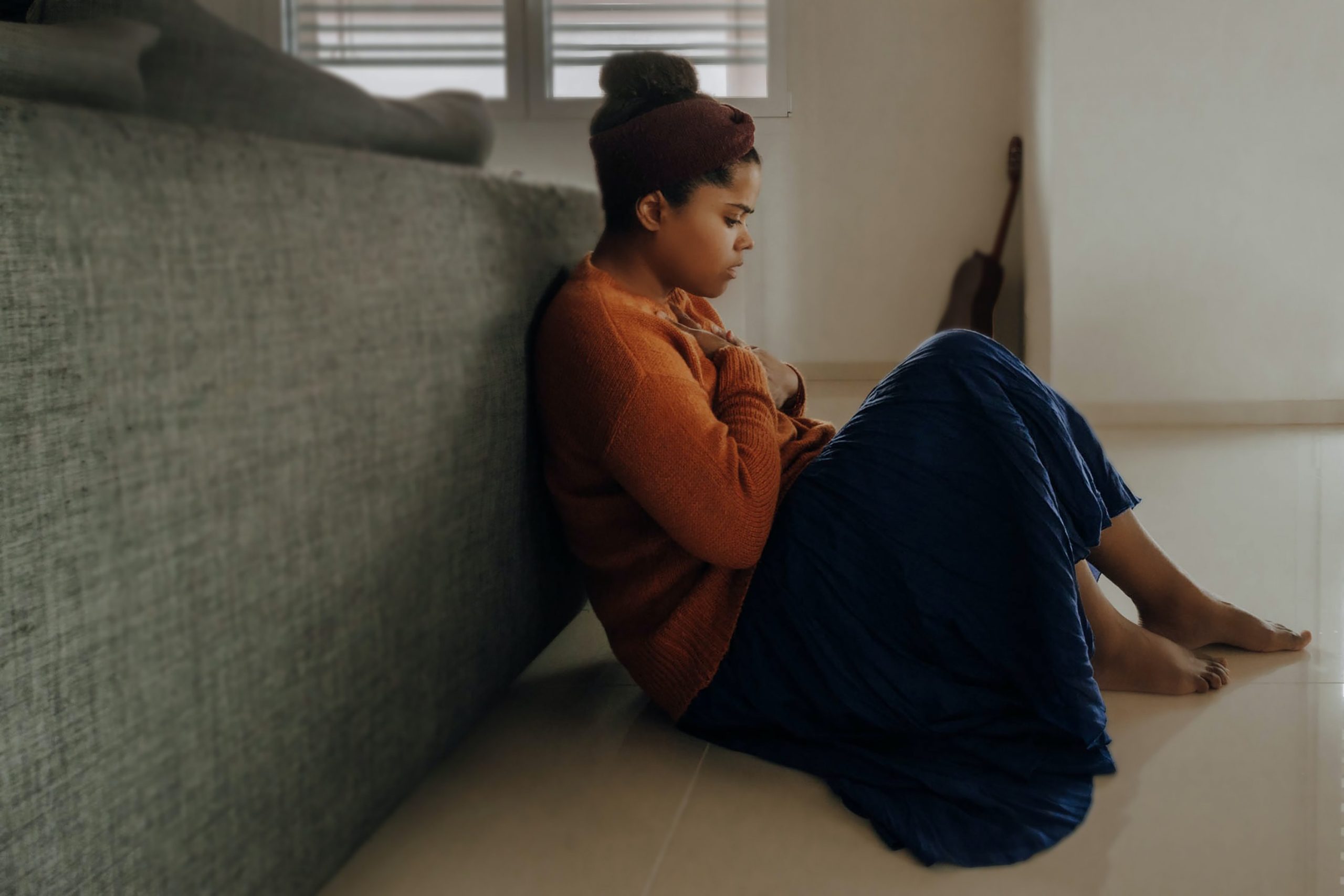Phobias are a type of anxiety disorder that cause irrational, excessive feelings of fear.
If you have a phobia, you probably experience a deep sense of dread before an expected encounter of your fear and panic once you’ve encountered it.
Phobias, unlike general anxiety disorders, are usually specific and can elicit feelings of extreme fear towards particular objects, situations or places. Phobias range in severity from being merely annoying, to being completely disabling. Individuals who have phobias often know that their fear is irrational but are not able to help it.
According to the American Psychiatric Association (APA), there are three types of phobias:
- Specific phobia. An irrationally intense fear of a specific trigger. These are known as simple phobias that are linked to causes that may not occur frequently in everyday life such as a phobia of snakes for example. Therefore, this type of phobia is unlikely to have an impact on day-to-day living.
- Social phobia. An intense fear of public humiliation or judgement in a social situation. For people with this kind of phobia, the idea of being in large gatherings is terrifying. This is not to be mistaken with shyness or being an introvert.
- Agoraphobia. Often misunderstood as a fear of open spaces but is in fact the fear of situations from which It would be difficult to leave if/when the individual was to experience severe panic. This can be when using elevators for example or when being on public transport. People who have agoraphobia have an increased risk of also having panic disorder.
People with complex phobias such as social phobias or agoraphobias can find it harder to avoid triggers as these triggers can be as simple as leaving the house or being in a big crowd.
Should nations follow New Zealand in banning cigarettes for next generation?
Other types of phobias include:
Aviophobia: fear of flying
Dentophobia: fear of dentists or dental procedures
Hemophobia: fear of the sight of blood or an injury
Glossophobia: fear of speaking in front of an audience
Claustrophobia: fear of closed or tight spaces
Arachnophobia: fear of spiders
Nyctophobia: fear of nighttime or darkness
Cynophobia: fear of dogs
Ophidophobia: fear of snakes
Hypochondria: fear of becoming ill
What are the symptoms of phobia?
A person with a phobia can experience the following symptoms that are common across the board:
- Feeling uncontrollable anxiety when exposed to the source/trigger of fear.
- Feeling that the trigger must be avoided at any cost.
- Not being able to function normally upon exposure to the trigger.
- An acknowledgement that the fear is irrational and exaggerated, however, a lack of control over the feelings of fear that occur upon exposure to the trigger.
The most common symptom of an individual experiencing phobia is a panic attack. This can sometimes be rather disabling, and the most common signs include:
- Racing heart
- Shortness of breath
- Upset stomach
- Headache
- Dry mouth
- Nausea
- Inability to speak/rapid speech
- Elevated blood pressure
- Trembling/shaking
- Tightness in the chest/chest pain
- Choking
- Dizziness/lightheadedness
- Excessive sweating
- An intense feeling of impending doom
- Hot flushes or chills
In children, parents can observe that phobias cause tears, clinginess, and tantrums. Sometimes children will even hide behind their parents or behind objects.
What causes phobia?
People who have a genetic predisposition to anxiety can be at a higher risk of developing a phobia. Different types of phobias seem to have different risk factors ranging from age to socioeconomic status to gender. For instance, women are more likely to experience a phobia of animals, and children with a lower socioeconomic status are more likely to experience social phobias.
Read also: The mental load of motherhood: Do women carry more on their shoulders?
Phobias can be caused by a stressful experience or a frightening event or encounter. Phobias can also be “learned” either from a household member, a parent or a close friend. Generally, most phobias start during early childhood and it is unusual for phobias to start after the age of 30.
How are phobias treated?
The good news is that phobias are generally considered treatable. Cognitive behavioural therapy (CBT) is the most common therapeutic treatment for phobias, and it involves the exposure to the source of fear within a controlled setting. This helps decondition people to reduce the associated anxiety.
CBT focuses on identifying the negative thoughts, dysfunctional beliefs and negative reactions towards the situation/experience and changing them. New techniques utilise modern technology through the use of virtual reality to expose people to their triggers safely.
The use of antidepressants and anti-anxiety medications can also help calm emotional and physical reactions to fear. These are often used in combination with medication and professional therapy for the best outcome.
Phobias can cause genuine, prolonged feelings of distress for those affected. However, in most cases, they are treatable and can be avoided. If you suspect that you have a phobia, you should not hesitate to seek medical help.
Maha El Akoum, MPH, is a public health professional currently working as Head of Content at World Innovation Summit for Health [WISH].
Follow Doha News on Twitter, Instagram, Facebook and Youtube







